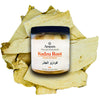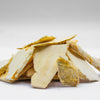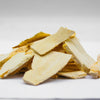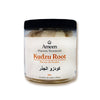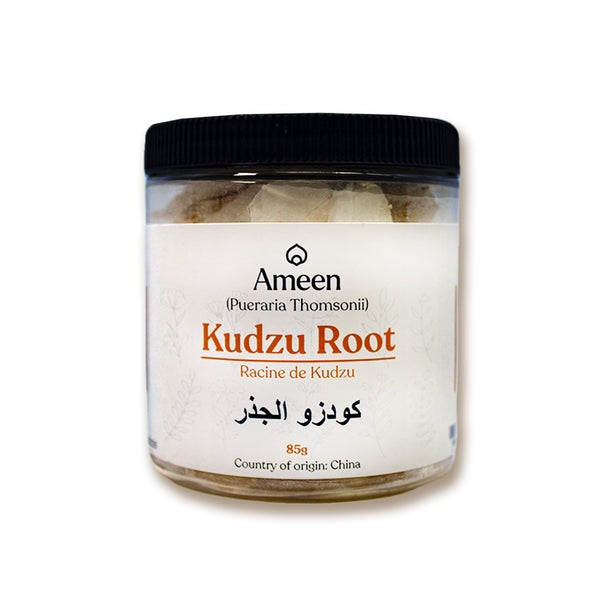Kudzu Root, botanically known as Pueraria lobata, is a treasured root with deep roots in East Asian culinary culture and traditional herbal practices. Derived from the fast-growing kudzu vine, this starchy, tuberous root is admired for its mildly sweet, earthy flavor and its exceptional versatility across both kitchens and wellness rituals.
Culinary Use: A Natural Thickener with Subtle Flavor
Kudzu Root is widely recognized as a natural thickening agent that elevates both the taste and texture of food. In Japanese, Chinese, and Korean cuisine, its powdered form is a common ingredient in:
-
Soups and Sauces: Adds a smooth, glossy texture without overpowering flavor.
-
Traditional Desserts: Essential in kuzumochi, a delicately chewy rice cake enjoyed for its clean finish and digestibility.
-
Herbal Drinks: Prepared as a gentle tea or tonic that can be enjoyed warm or chilled.
Its culinary adaptability makes it a valued staple for chefs seeking wholesome, plant-based ingredients.
Traditional Use: Honored Across Generations
Known as "Ge Gen" in Traditional Chinese Medicine (TCM), Kudzu Root has long been used in herbal formulas. It’s traditionally steeped or decocted to make a warming tea, and is often featured in classic blends where calming and digestive comfort are emphasized. Whether consumed on its own or as part of a broader regimen, Kudzu Root reflects centuries of herbal knowledge rooted in balance and harmony.
Why Choose Kudzu Root?
-
Flavor Profile: Mildly sweet and earthy.
-
Form: Available as whole root or finely ground powder.
-
Applications: Ideal for cooking, desserts, teas, and traditional herbal blends.
Botanical and Cultural Identity
-
Botanical Name: Pueraria lobata (also known as Pueraria thomsonii)
-
Common Names: Kudzu Root, Ge Gen, Japanese Arrowroot, East Asian Arrowroot, Kuzu, Chinese Arrowroot, Arrowroot Vine, Foot-a-Night Vine, Vine That Ate the South, Pueraria Root, Kakkon, Ko-hemp, Nepalese Arrowroot

